NATO Aircraft Carriers
10 July, 2018 | General News
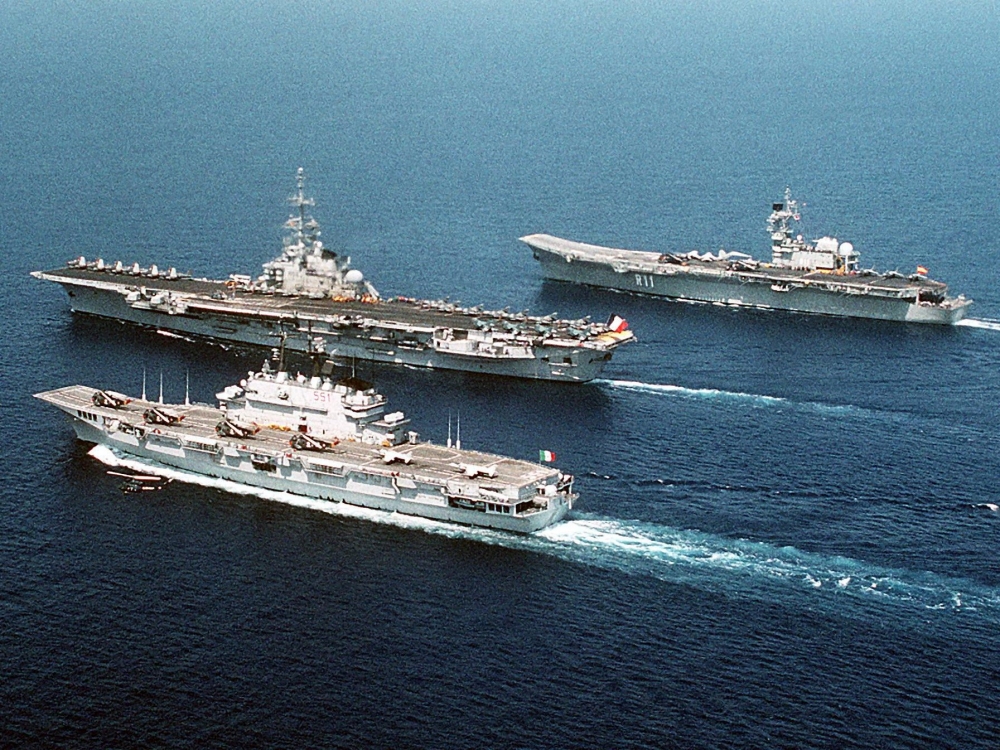
ITS Giuseppe Garibaldi, FS Foch, and ESPS Príncipe Asturias
In a previous Blog we discussed the disposition of the United States’ Navy’s (USN) aircraft carriers, and I said that most other nations operated their carriers differently from the US. In this Blog will discuss the other NATO carriers existing in the 1994 setting of Northern Fury. Another Blog will discuss the Soviet ships.
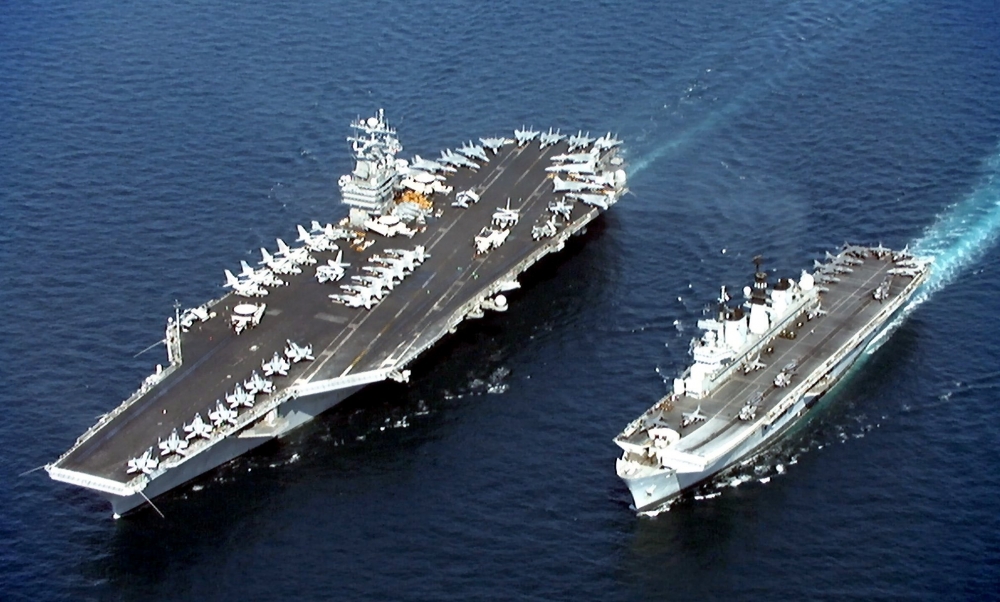 USS
John C. Stennis and HMS Illustrious
USS
John C. Stennis and HMS Illustrious
There are four nations and nine ships to consider, the United Kingdom with its three Invincible class ships; HMS Invincible, Illustrious, and Ark Royal: France with two Clemenceau class; FS Clemenceau and Foch: Italy with the ITS Giuseppe Garibaldi and Spain with the ESPS Príncipe de Asturias. In comparing European CVs to those of the USN, it is probably easier to mention the similarities than to identify the differences: Firstly, they all operate aircraft, and secondly; they don’t work alone, but form the flagship of a Task Group. Beyond these two general statements, US and European carriers are completely different and fill largely different roles. A simple comparison of some data on each of the major ship classes shows that the USS Nimitz displaces over three times the volume of the French Clemenceau class and more than five times when compared to the more modern NATO ships. Statistics cannot tell the complete story, but the simple fact is that the NATO ships cannot, nor are they designed to do the same things as American carriers.
| Class | Displacement | Dimensions (1) | Aircraft | Type (2) | Range (3) | Crew (4) |
|---|---|---|---|---|---|---|
| Nimitz | 100,000 Tons | 330 x 77 x 12 | 80-90 | CATOBAR | Unlimited | ~5,500 |
| Invincible | 22,000 Tons | 210 x 36 x 8 | 22-25 | Ski Jump | 5,000nm | 1,050 |
| Clemenceau | 32,780 Tons | 265 x 51 x 9 | 36-40 | CATOBAR | 7,500nm | 1,338 |
| G Garibaldi | 13,850 Tons | 180 x 33 x 8 | 18 | Ski Jump | 7,000nm | 830 |
| P d’Asturias | 16,700 Tons | 196 x 24 x 9 | 29 | Ski Jump | 6,500nm | 830 |
Length, Beam, Draft in meters
CATOBAR (Catapult Assisted Take-Off, Barrier Arrested Recovery) for heavy fixed wing aircraft. Ski Jump for VTOL (Vertical Take-Off and Landing) for Sea Harriers.
At 18-20 Knots speed
Including airwing
So, what you might ask, can these small carriers do? Well the answer is quite a bit actually.
Command & Control (C2): While small when compared to the American fleet carriers, these ships are much larger than most other ships afloat, certainly in their own navies. Therefore, they can house an Admiral, his staff, a large communications capability, briefing areas and accommodation for liaison officers and visitors.
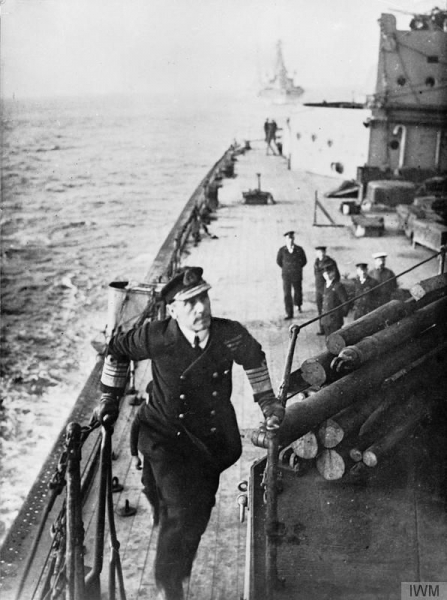
Airborne Early Warning (AEW): Although not as capable and far reaching as the American E-2C Hawkeye, all four countries operating the smaller carriers use helicopters in this role, three of them; Britain, Italy and Spain, use a version of the venerable Sea King while the French use an SA365 Dauphin for this task.
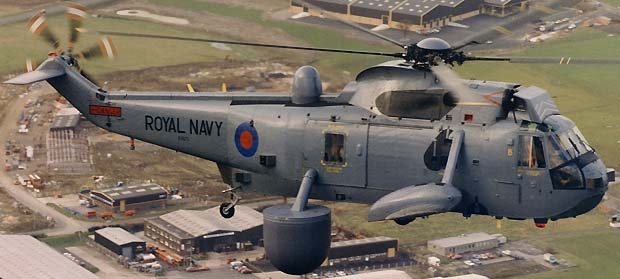
Royal Navy Sea King HAS.2 AEW
Area Anti-Submarine Warfare (ASW): One of the main roles of the smaller carriers is to command very capable, often multi-national ASW forces charged with ‘sanitizing’ an area before other units, such as USN Carriers or amphibious forces arrive. Indeed, all the CVs mentioned above except the French Clemenceau class were originally intended for this role alone, until their nations purchased the Sea Harrier. Also, two ships not yet discussed are ideal for this task, the French Jeanne D’Arc which is principally a training ship by 1994 and the Italian Vittorio Veneto, are truly helicopter carriers (CVH) and not CVs. While the French use an SA.312 Super Frelon, the other three use a variant of the Sea King. Both helicopters have a dipping sonar.
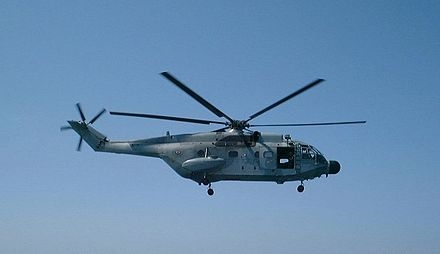
French Navy SA 321G ASW
Limited Sea Control: In addition to ASW, all these carriers can conduct Sea Control missions, both anti-air and anti-surface; but only against limited opposition. The key system for this task is the Sea Harrier for the Spanish, Italians, and British Royal Navy while the French use a mix of Vietnam era F-8 Crusaders and slightly more modern Super Etendards. The Difficulty however is numbers. Depending on the area assigned, as few as six or as many as 14 aircraft can be carried on each of the British ships while the Italians and Spaniards routinely carry between six and 12. Although the French will carry 8-10 Crusaders and 15-16 Super Étendard, the age and limited survivability or flexibility of these aircraft present their own problems. In Northern Fury, the FS Foch is experimenting with US F-18s on loan when the war starts. Both the British and the French have an advantage in this role with their stand-off air-to-surface missiles, the Sea Eagle and the Exocet respectively.
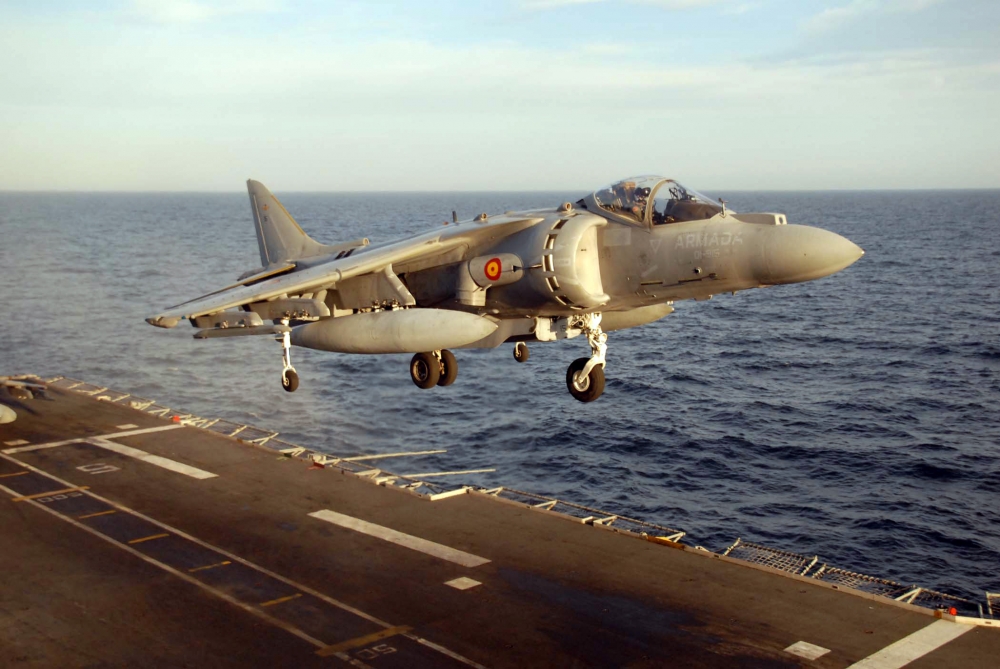
Spanish AV-8S Matador
Limited Strike: Both the Sea Harrier and the Super Étendard have the ability to conduct strike missions on land targets, but these have to be tempered with limited numbers and in some cases a restricted ammunition selection. The British are in the habit of using ground strike Harriers to augment their Sea Harriers for this role, while the Spanish ‘Matador’ is also quite capable. The Italian Sea Harrier II, however, has a very narrow munitions menu. The Super Étendard, particularly the upgraded (Modernisé) version introduced in the early 1990's have a wide selection of munitions but no precision guided land attack munitions.
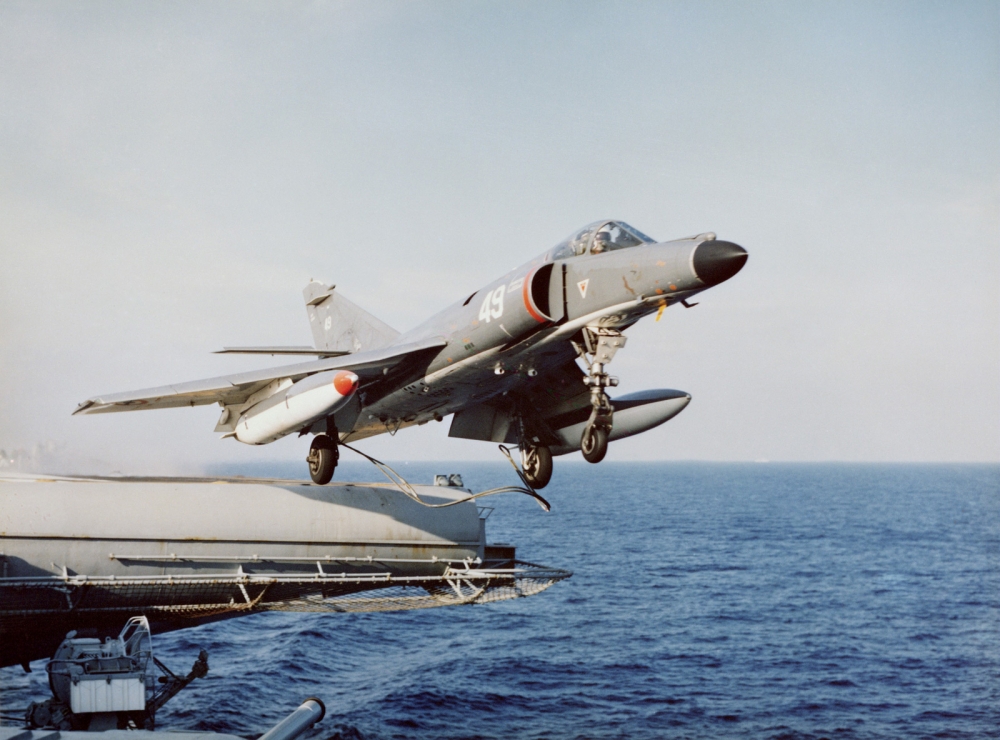
French Super Étendard Modernisé
Amphibious Support: All of these carriers, including the two smaller CVH, are able to provide support for landing troops from the sea. Whether it is reconnaissance, strike, troop movement, air superiority, sea control or simply C2, these vessels are arguably more suited to this role than the big American super-carriers. Their small size, agility, and ability to get in close to the shore is a major asset, where the USN provides aircraft carrying amphibious ships to fulfill this task.
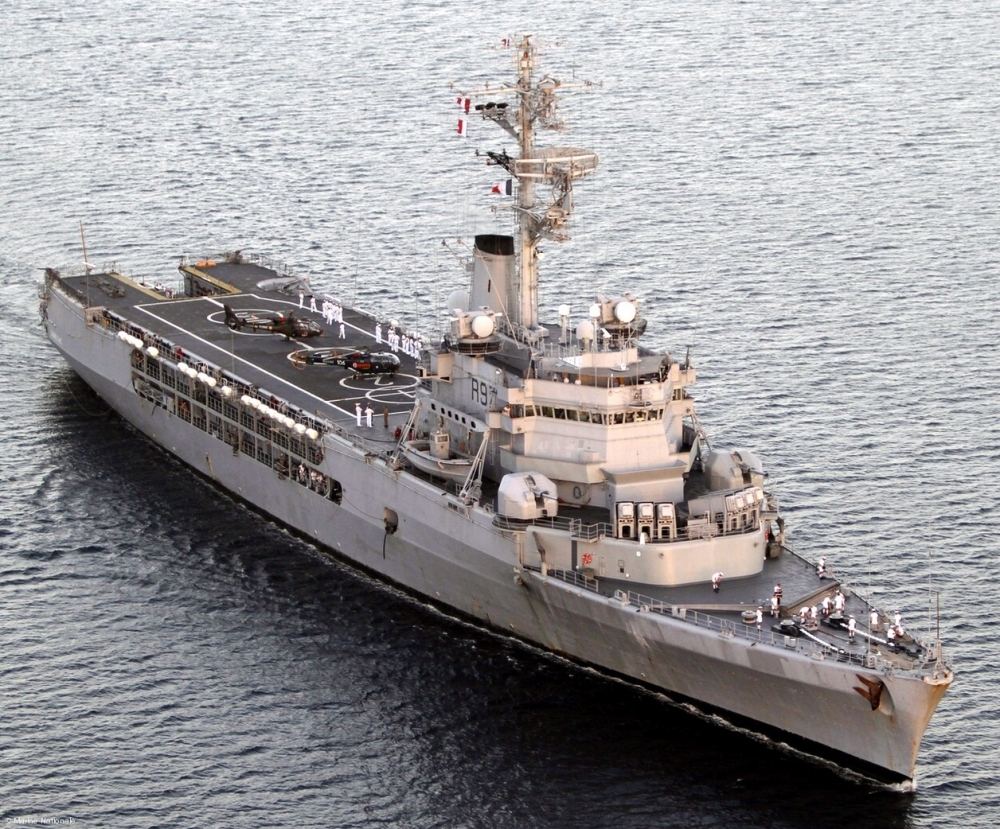
French CVH Jeanne d'Arc
Show of Force: Although mostly restricted to peacetime operations, this is a critical element of deploying ships to trouble spots around the world. These may be small carriers, but in 1994 the only other CVs in the world are US, Soviet or ex British World War II antiques in Argentina, Brazil and India (with two, one a relatively modern 1950’s vintage). So, small is good enough to exert a significant amount of pressure to resolve a situation in your favor as long as you're not going up against the big boys. The 1982 Falklands campaign bolstered this role considerably.
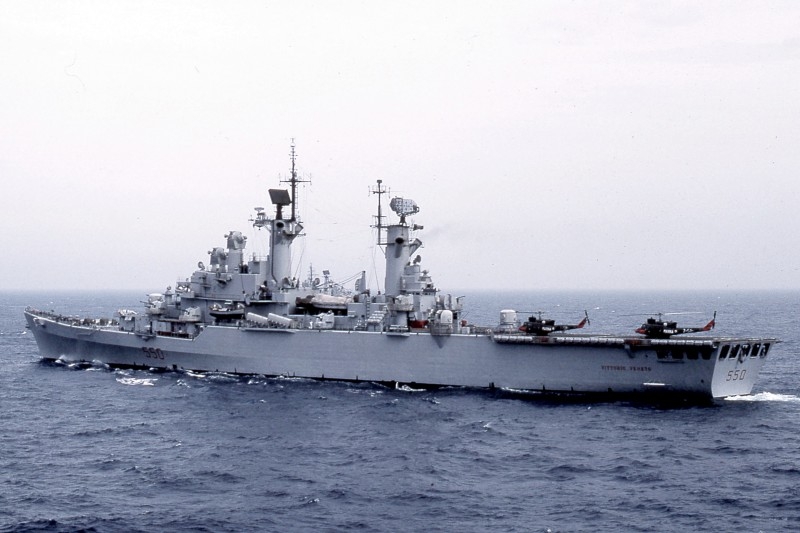
Italian CVH Vittorio Veneto
CV Battle Groups: These ships, though quite capable, cannot or should not operate alone. The same way the USN organizes a Battle Group of escorts around its carriers, any CV, no matter how small will have an escort. Although they will vary widely and be much smaller for the CVHs, every carrier will usually be accompanied by an air defence ship and one or probably two ASW ships. France will use the Suffern class as the air defence shooter and the Tourville or Leygues class for ASW. Britain will almost always have at least one Type 42 and two Type 22 ships as escort. The Italians will use an Audace class for its air defence and Maestrale class for ASW. The Spanish will use a mix of Santa Maria and Baleares class frigates. National support and supply ships (AOR) will often be in company with the carriers, or close by.
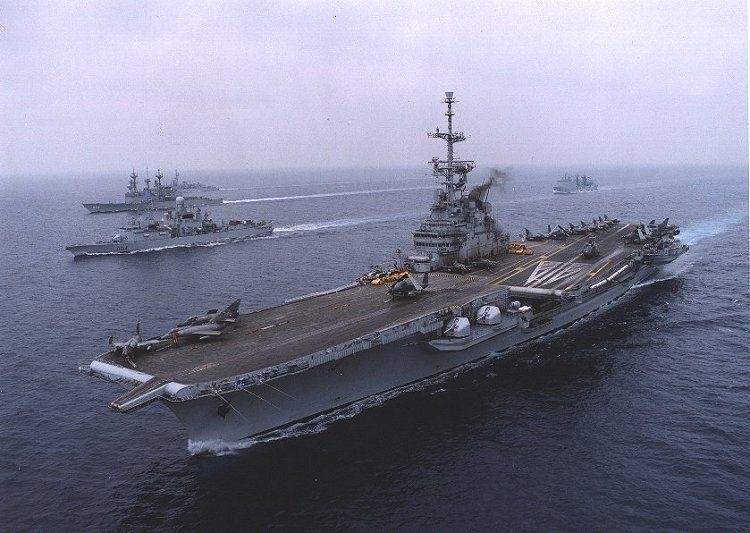
FS Clemenceau leading her battle group
These ships then, may be small in comparison to US Super Carriers but they are a significant investment in national capitol, training, commitment and strength. They are also powerful in their own right when used in the proper scenario. Although not meant to charge into heavily defended bastions; they are meant to do many other jobs, thus allowing the concentration of US CV/CVNs to conduct high intensity power projection.
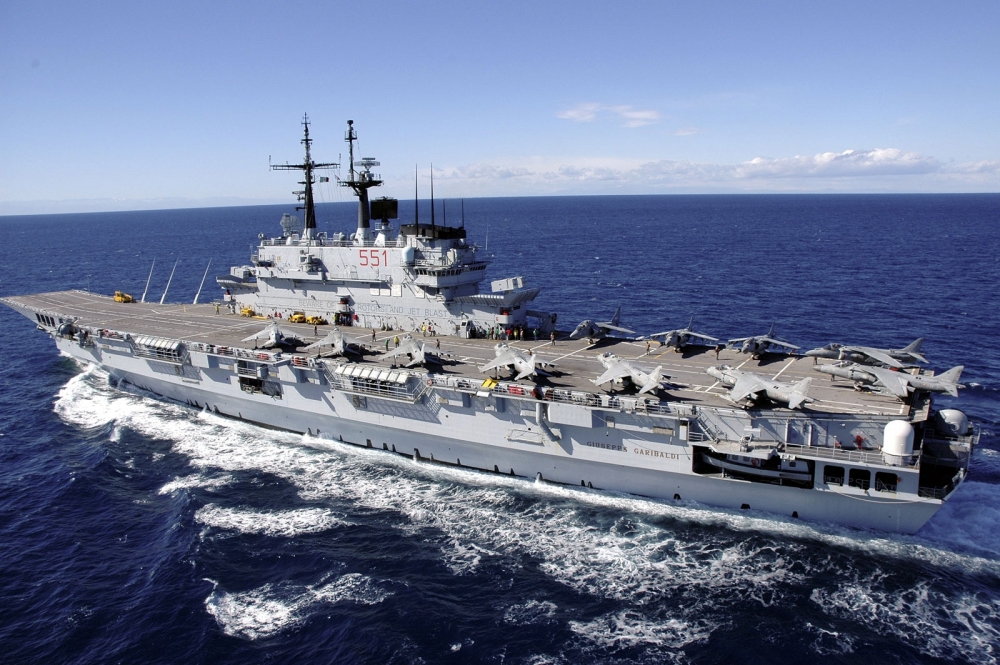
ITS Giuseppe Garibaldi
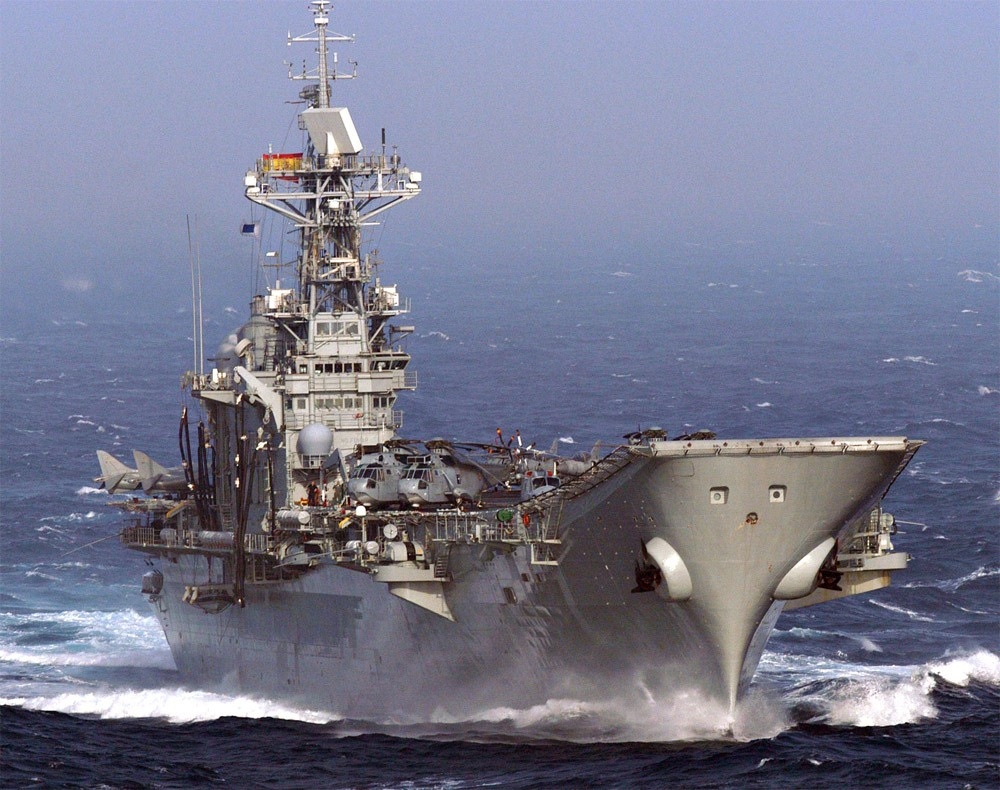
ESPS Príncipe de Asturias
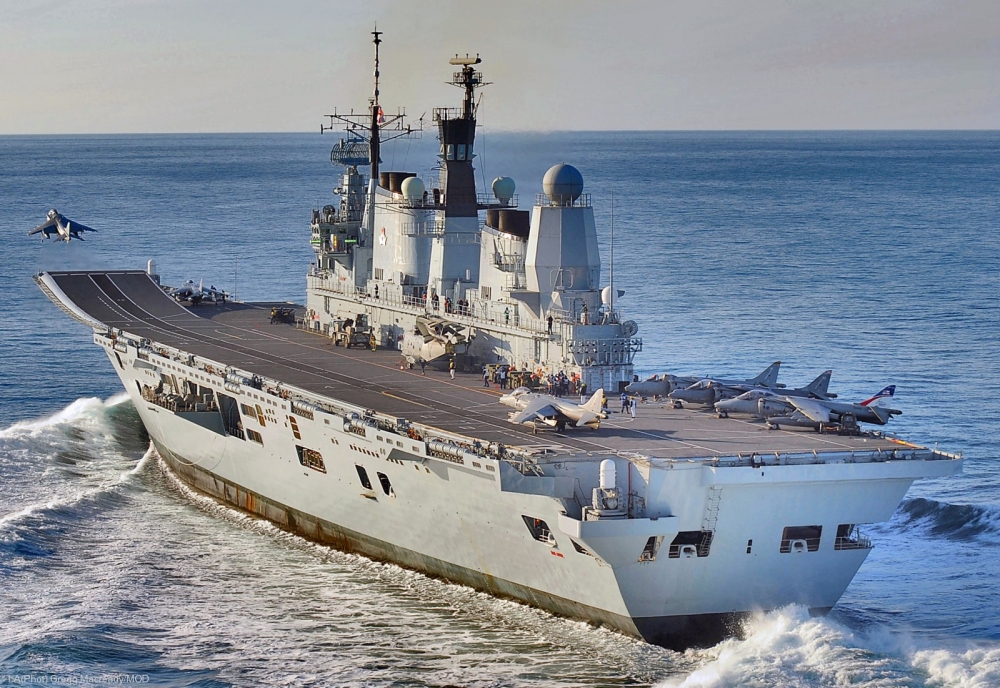
The Royal Navy's HMS Ark Royal